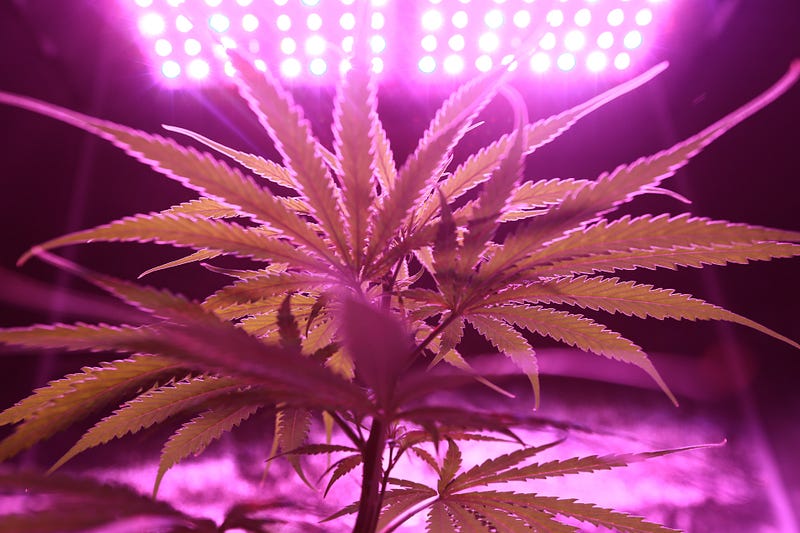Engineering Plants to Communicate: A New Frontier in Agriculture
Written on
Chapter 1: The Quest for Plant Communication
Have you ever wished that your pet could express its thoughts verbally? Or maybe you’ve pondered how much easier it would be if your loved ones could directly communicate their feelings rather than resorting to passive-aggressive behaviors? For parents, the ability to understand a crying infant would certainly alleviate stress. Effective communication, despite its seemingly mundane label, is essential for resolving issues efficiently.
In the realm of agriculture, the potential for direct communication with crops—our most valuable resource—might soon become a reality.
Section 1.1: How Can Plants Signal Their Needs?
This concept isn’t about teaching plants a complex language; rather, it involves engineering them into biosensors that relay information about their environmental state. Researchers at Harvard University have pioneered a method to modify eukaryotic cells—present in organisms like yeast, animals, and plants—to detect molecular changes and emit visible signals.
The Harvard team successfully transformed a small flowering plant known as Rockcress, which is related to cabbage and broccoli, to emit a visible signal in the presence of specific hormones and drugs. This engineered plant glows when exposed to these molecules, providing immediate alerts to researchers.
Subsection 1.1.1: The Mechanism Behind Plant Biosensors

At the core of this transformation are proteins known as ligand-binding domains, which can attach to small molecules. An operational biosensor consists of three components: the protein, the target molecule it binds to, and a secondary protein or enzyme that produces a signal, such as fluorescence. When a target molecule, like a toxin or drug, is detected, the protein captures it, triggering the signal.
Many natural proteins interact specifically with certain molecules, making them suitable for repurposing as biosensors. Alternatively, scientists can create new proteins designed to detect different chemicals. Once a specific protein-target molecule combination is established, it can be linked to another compound that emits a visible signal.
Section 1.2: Practical Applications of Plant Biosensors
The initial focus of the Harvard team was on enabling plants to detect drugs and hormones, but the potential applications are vast. The same principles could allow plants to act as detectors for a wide variety of small molecules, significantly broadening their use.
One of the most immediate benefits would be enhancing agricultural efficiency, particularly as the global population continues to grow. Biosensors could help farmers optimize crop yields by signaling issues like pest infestations, diseases, inadequate water, and nutrient deficiencies.
Furthermore, this technology could play a crucial role in preventing foodborne illnesses linked to pathogens on fresh produce. In recent times, consumers have faced outbreaks associated with contaminated items like Romaine lettuce and melons. A sensor capable of detecting harmful microbes could be a game-changer in safeguarding public health.
As this technology evolves, plants could also serve as environmental indicators, warning us about elevated levels of pollutants, toxins, or harmful microorganisms in the air, which could lead to infectious diseases.
Chapter 2: The Future of Botanical Biosensors
The first video titled "Phytosensors: Teach Plants to Speak English" explores the fascinating concept of using plants as communication tools through biosensing technology.
The second video, "What Plants Can Teach Us - A Talk with Robin Wall Kimmerer," delves into the lessons we can learn from plants and their role in our ecosystem.
The emergence of botanical biosensors is in its early stages, yet the possibilities are limitless. Harnessing plants' natural sensitivity to their surroundings opens up new avenues for understanding and interacting with the environment in ways previously unimaginable.
Could your area of expertise gain from the insights offered by plant signaling? Share your thoughts in the comments below—there's truly a world of possibilities ahead!